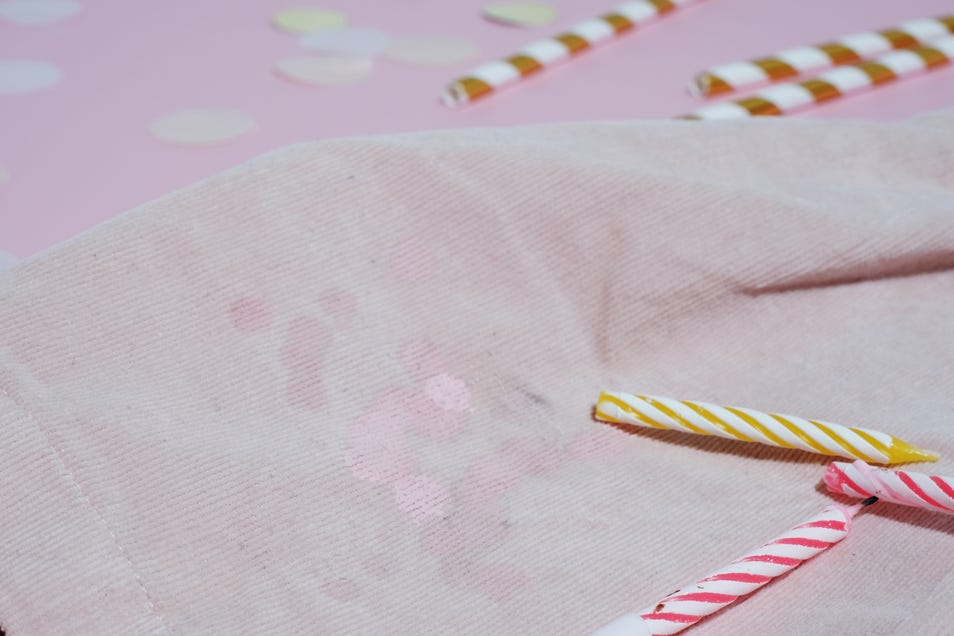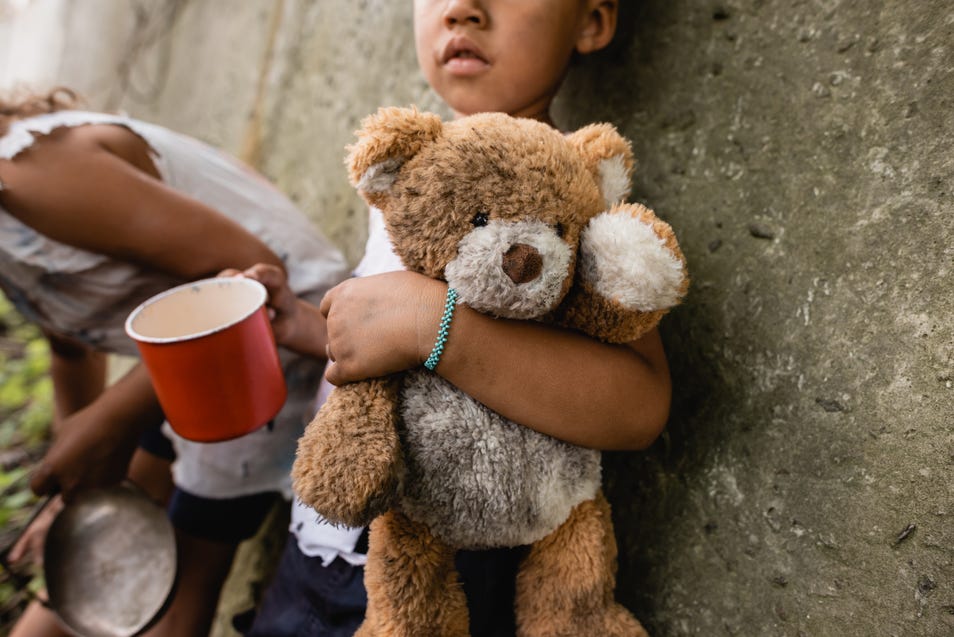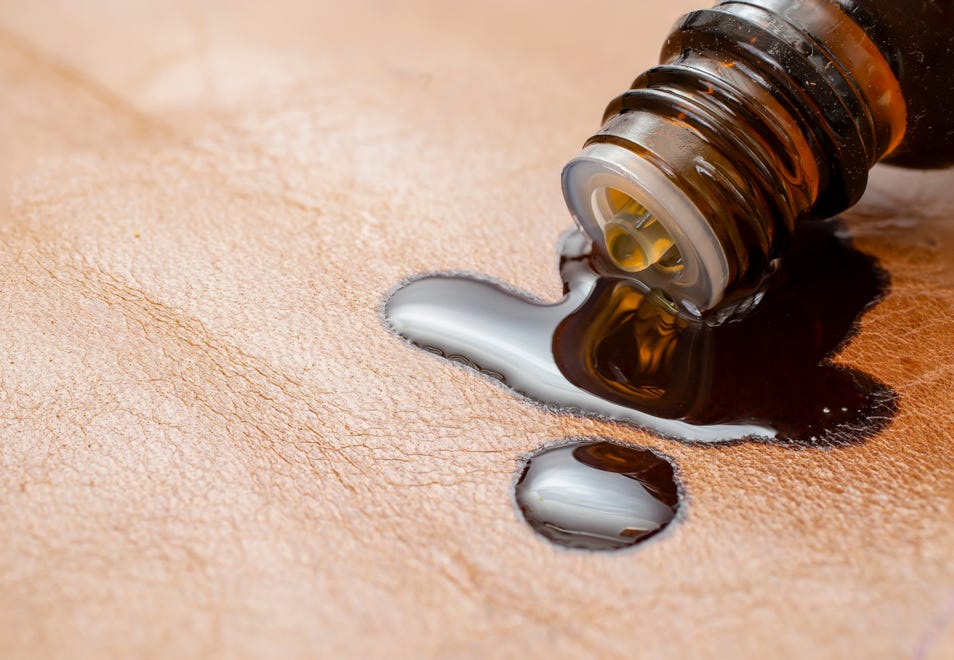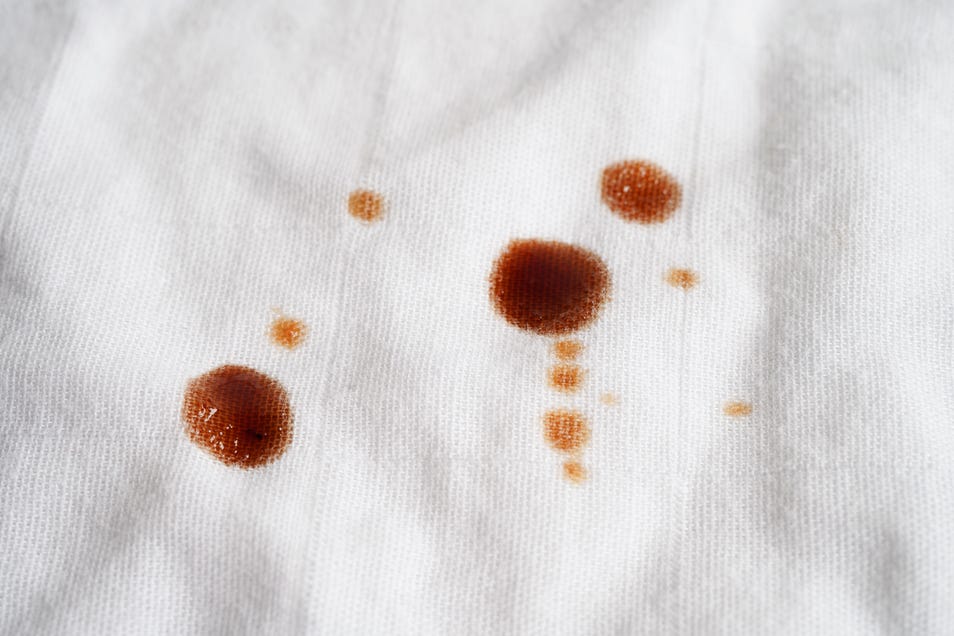Stuffed animals, whether they're cherished childhood companions, cuddly gifts from a loved one, or soft nursery décor, tend to hold more than just sentimental value. Over time, these fluffy friends can collect dust, allergens, spills, and germs. And while their charm may never fade, their cleanliness might.
That's why learning how to clean soft toys the right way is essential for maintaining both hygiene and their huggable quality. This blog will guide you through the best way to clean plush toys while keeping them soft and vibrant.
Why Cleaning Soft Toys is Important
Soft toys often become an integral part of daily life, shared between little hands, dragged across various surfaces, or placed near faces while sleeping. Naturally, they collect a fair bit of dirt and germs. Here's why regular cleaning matters:
- It helps eliminate bacteria, allergens, and dust mites.
- It keeps toys looking and smelling fresh.
- It extends the life of the soft toy.
- It ensures safe play, especially for children and pets.
Even if the toy appears clean, it may still harbour invisible grime that only a proper wash can remove. Learning how to clean soft toys regularly helps keep your home cleaner, safer, and more hygienic.
How Often Should You Wash Stuffed Animals?
The frequency of cleaning depends on how often the toy is used and where it's stored. Here's a rough guide:
- Frequently Handled Toys (Especially by Toddlers or Pets)
Every 1-2 weeks
Once every few months
Immediately, to prevent the spread of germs
It's always a good idea to give a soft toy a quick check once a week. If it looks a little grey or has picked up a stain, it's time for a wash.
A Pre-wash Checklist
Before diving into how to wash stuffed animals, take a moment to check:
1. The Care Label
It may suggest if machine washing is suitable.
2. Any Damage
Repair loose seams or buttons before washing.
3. Battery Compartments
Remove any batteries or mechanical parts from musical or talking toys.
4. Fragile Features
If the toy has glued-on eyes or accessories, hand washing is best.
Following these simple steps ensures your cuddly companion remains safe and intact throughout the cleaning process.
How to Clean Soft Toys: A Step-by-Step Guide
Soft toys can collect dust, germs, and stains over time. Here's how to clean them gently while keeping their softness and colour intact.
- Machine Washing (For Sturdier Soft Toys)
Many plush toys are machine-washable, making cleaning soft toys with detergent easier and more efficient. Follow this process:
- Place in a mesh bag or pillow cover.
- This prevents tangling and protects delicate parts.
- Use a gentle cycle at 30–40°C
- Avoid exposing fabrics to higher temperatures to prevent damage or shrinkage.
- Choose a mild liquid detergent.
- A gentle formula ensures that soft fibres are preserved and skin irritation is minimised. Avoid harsh bleach or additives.
- Air dry only
- Do not tumble dry. Instead, lay the toy flat on a clean towel or hang it in a shaded, breezy area to dry naturally. Allow the toy to dry fully before putting it away; this helps prevent any lingering dampness, odours, or mould.
This is considered the best method for cleaning plush toys that don't contain electronics or delicate embellishments.
- Hand Washing (For Delicate-looking Toys)
For toys that are sentimental, fragile, or not machine-safe, hand washing is a safer choice. Here's how to wash stuffed animals by hand:
- Prepare a basin with lukewarm water and detergent
- Mix a mild laundry detergent into a small basin or bucket filled with water at a temperature no higher than 40°C.
- Gently scrub with a soft laundry brush
- Dip the toy and lightly brush any visible dirt or stains. Focus on high-contact areas, such as paws, faces, or tummies
- Rinse thoroughly
- Run cold water over the toy until all soap suds are gone. Squeeze gently, don't twist or wring.
- Air dry
Gently blot the toy with a dry towel to absorb excess moisture, then let it air dry naturally.
How to Disinfect Soft Toys Naturally
Sanitising doesn't always require strong chemicals. If you're looking for how to disinfect soft toys naturally, try these gentle methods:
Exposing a toy to a few hours of direct sunlight helps kill surface bacteria and refresh the toy.
Use a handheld steamer to sanitise surface fibres lightly. Be cautious with glued parts or synthetic fabrics.
These natural techniques complement regular washing and are especially helpful between full cleans.
Quick Tips to Keep Soft Toys Fresher for Longer
A little weekly care can go a long way in keeping soft toys looking and feeling their best:
- Store soft toys in breathable bins or cotton bags to avoid dust buildup.
- Avoid storing them in damp areas to prevent mould.
- Rotate toys in regular use so that no one gets over-loved (or over-washed!).
- Give them a weekly shake or brush to remove loose dirt and fluff.
When to Say Goodbye
Even with the best care, there may come a time when a soft toy has outlived its life. Consider replacing the toy if:
- It has lingering odours or stains that won't come out.
- The stuffing is exposed or flattened beyond repair.
- It feels unsafe or unhygienic for children or pets.
That said, many plush toys last for years with just a little TLC and the right cleaning routine.
Keep the Magic Alive with Clean, Safe Soft Toys
Soft toys hold memories, comfort, and a bit of magic. Knowing how to clean soft toys properly ensures those cuddles remain safe, soft, and full of joy. Whether you're machine washing a beloved bear or cleaning soft toys by hand with detergent, taking the time to care for them means they'll stay part of the family a little longer.
With a gentle wash, a bit of sunshine, and some routine care, your fluffy friends will always be ready for the next big hug.
Discover how to clean soft toys, wash stuffed animals safely, and disinfect plush toys naturally, keeping your child's favourites fresh, fluffy, and germ-free.
Source:
https://www.biome.com.au/blogs/eco-home/natural-methods-to-clean-and-disinfect-childrens-toys-without-the-chemical-overload





